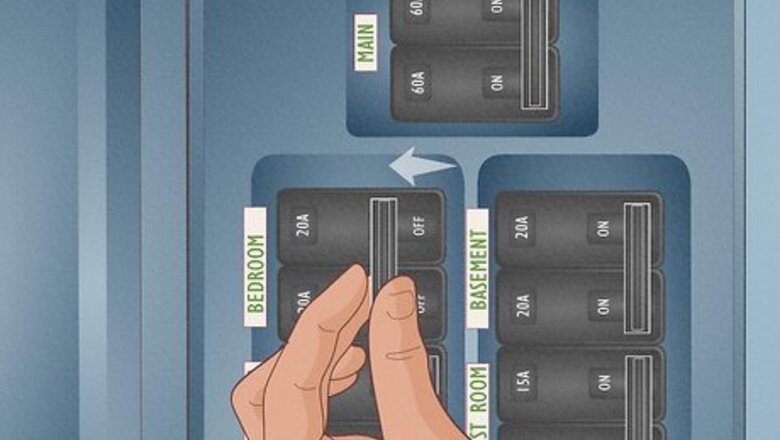
views
- Move a stud finder capable of detecting electric currents slowly along the wall, and mark the spots where it beeps in pencil.
- Or, use a wire tracer for a more reliable reading. Attach the tracer’s wires to the end of an exposed wire, then turn on both the transmitter and receiver.
- Then, move the tracer’s transmitter slowly along the wall, marking the spots where it beeps with pencil or tape.
Using a Wire Tracer or Locator

Turn off your home’s circuit breakers. To be safe, turn off your circuit breaker to ensure that power isn’t running through the wires, which can cause electrocution. Find your home’s circuit breaker and set the switches for the relevant areas to “off.”
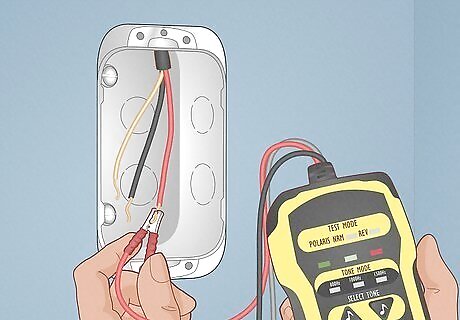
Attach the tracer’s cable to the end of an exposed wire. Check the manufacturer’s instructions to find a way to plug in and connect your wire tracer to the electrical circuit. If a cable is sticking out of the wall, choose a connector bit that will plug into the cable. If your device comes with a traditional electrical plug, connect it to a socket at the base of the wall.If your device has clamps, attach the red clamp to a visible wire, and the green clamp to a nearby metallic object, like a pipe.The transmitter is often larger than the receiver, which is usually thinner and smaller with a pointed tip on one end.
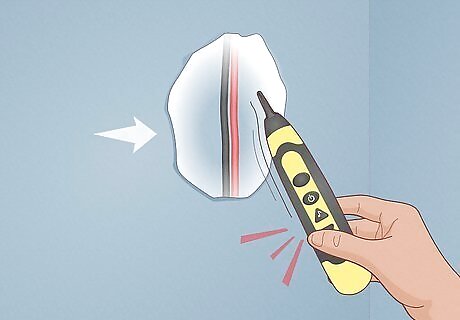
Move the receiver in a slow line across the wall until you hear a beep. Power on both the transmitter and receiver. Place the pointed end of the receiver against the wall and move it slowly back and forth, horizontally or vertically.When the receiver detects an electrical current or a wire, it’ll beep to let you know.Test the receiver on a spot where you know there are wires, like an outlet. Listen for the beep to ensure it’s working correctly.Adjust the tracer’s sensitivity until the signal strength is between 50% and 75%. Once the signal bar on your receiver is fully expanded, you’ve found your wire.

Plug a remote lead into another wall’s socket for a stronger signal. If possible, insert your transmitter’s remote lead (a cord with a single prong) into an electrical socket of a different wall. This boosts the signal and makes wires easier to find. Avoid plugging both ends of the remote lead into sockets attached to the same wall. Some wire tracers are also equipped with a tone generator that emits different sounds for different wires, allowing you to trace individual wires within a bundle.
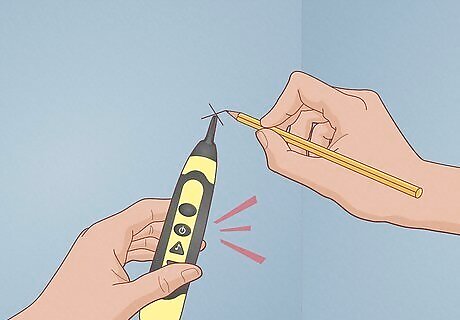
Mark where the receiver beeps with a pencil or tape. Continue dragging the device slowly along the wall. Any time it beeps and finds a wire, lightly mark the spot with a pencil or bit of tape. Continue following the beeps to trace the wire to its opposite terminal.
Testing for Live Wires with a Voltage Tester
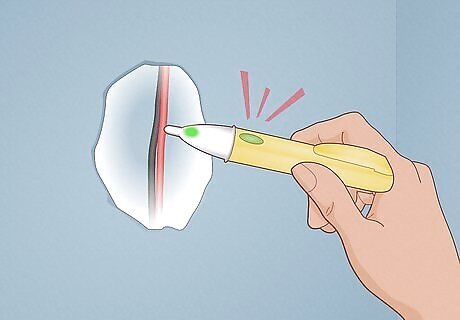
Touch a wireless detector to the wall and listen for a beep. Or, touch the tip of the detector to the outlet where the wire originates. If the detector makes a sound and lights up, the wire is live, so practice caution.A wireless detector can sometimes give phantom readings, so always follow up with a contact tester.
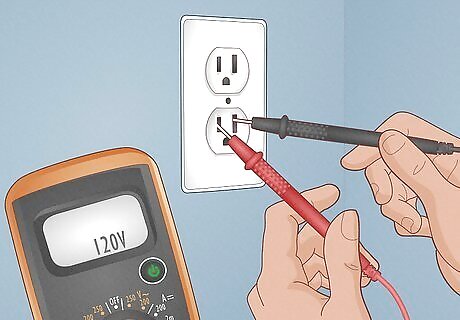
Touch the prongs of a contact tester to the wire or outlet. Contact testers, or multimeters, have 2 prongs. Use the multimeter by placing either prong into the slots of an outlet. The multimeter then tells you if the outlet, and therefore its wires, have a charge, by lighting up.A plug-in tester works similarly, but in the form of a wall plug.




















Comments
0 comment